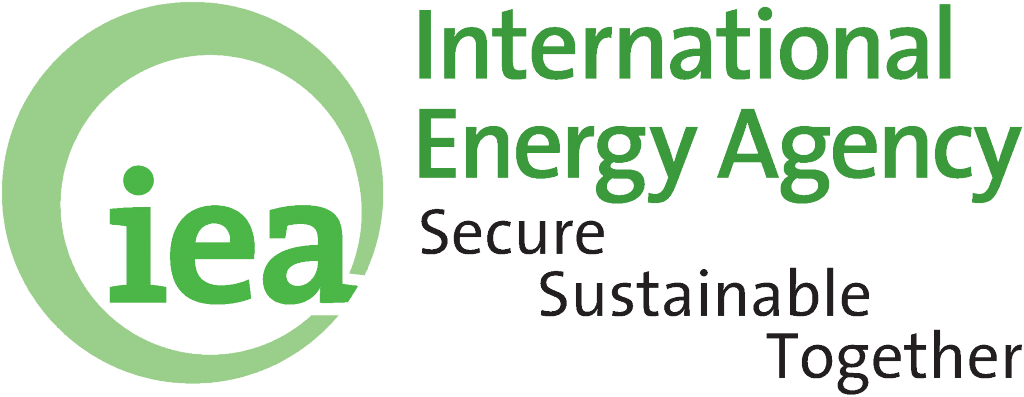 24 August 2013, News Wires – The United States experienced a reduction in 2012 in its energy security risk thanks to rising U.S. oil and natural gas production and continued environmental improvements, according to a new report.
24 August 2013, News Wires – The United States experienced a reduction in 2012 in its energy security risk thanks to rising U.S. oil and natural gas production and continued environmental improvements, according to a new report.
The United States’ energy security risk score stood at 95.3 in 2012, down from 102.0 in the previous year, the highest since 1970, the U.S. Chamber of Commerce’s institute for 21st Century Energy reported in its 2013 Index of U.S. Energy Security Risk.
The institute uses the index to measure energy security by tracking 37 individual metrics in four primary areas – geopolitical, economic, reliability and environmental – from 1970 to 2040. The Energy Institute found that 26 of the 37 metrics showed lower risk, seven recorded higher risk, and four experienced no change.
Six of the metrics declined by at least 10 points, thanks mainly to increased U.S. oil and gas production, especially unconventional production, Energy Institute officials noted in the report. These include metrics related to oil and gas imports, energy price volatility, and carbon dioxide emissions.
After a four-year period in which price volatility risks grew by 139 percent, volatility declined by 55 percent in 2012, led by stable oil prices, slightly lower energy demand, improving energy efficiency and declining gas and retail electricity prices.
The Index also found that:
• The Geopolitical Index improved from 102 in 2011 to 97.4 in 2012
• The Economic Index improved from 103.3 in 2011 to 95.6 in 2012
• The Reliability index improved from 114.4 in 2011 to 102.2 in 2012
• The Environmental Index improved from 87.9 in 2011 to 84.7 in 2012.
•
Risks related to carbon dioxide emissions declined to their lowest level since 1994 due to gains in efficiency, increased natural gas use and sluggish economic growth.
The U.S. Index is projected to average 92.7 points over the forecast period, down four points from last year’s projection due to greater U.S. oil and gas production.
– Rigzone



